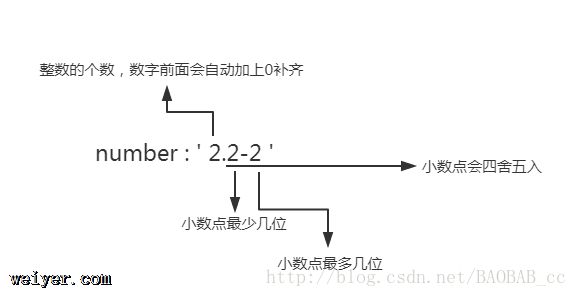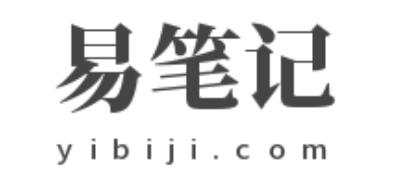核心提示:概念处理原始值到显示值的转换如:{{date | date:yyyy-MM-dd hh-mm-ss}}将原始值 Wed Jan 24 2018 21:20:53 GMT+0800 (中国标准时间) 通...
概念
处理原始值到显示值的转换
如:
{{date | date:'yyyy-MM-dd hh-mm-ss'}}
将原始值 Wed Jan 24 2018 21:20:53 GMT+0800 (中国标准时间) 通过date管道 转化成 2018-01-24 09-20-53
Angular的常用内置管道
uppercase 转换成大写英文
//html:
大写转换{{myName|uppercase}}
//ts:
myName:string = 'Baobab';
//输出BAOBAB
lowercase 转换成小写英文
//html:
小写转换{{myName|lowercase }}
//ts:
myName:string = 'Baobab';
//输出baobab
date 日期格式化,带有可选参数

number

自定义管道
执行命令 ng g pipe xxx,注意管道需要在module中的declaration中声明
demo一:将原始数字放大n倍
//pipe.ts
import { Pipe, PipeTransform } from '@angular/core';
@Pipe({
name: 'multiple'
})
//带有元数据的装饰类@pipe,定义了管道的名字
export class MultiplePipe implements PipeTransform {
transform(value: any, args?: any): any {
if(!args){
args = 1;
}
return value*args;
}
}
//transform(value: any, args?: any),value代表原始值,args可选参数
使用管道multiple
//html
将数字4放大3倍{{numberTest|multiple:3}}
//ts
numberTest:number = 4;
demo二:过滤器
假设现在有一个原始对象列表list,写一个过滤器,过滤出符合输入文字(假设对象的name属性值是变量keyword)的对象
import { Pipe, PipeTransform } from '@angular/core';
@Pipe({
name: 'stockfilter'
})
export class StockfilterPipe implements PipeTransform {
transform(list: any[], filed:string , keyword: any): any {
if(!keyword || !filed){
return list;
}
let keyItem = list.filter(item=>{
return item[filed].indexOf(keyword)>= 0
})
return keyItem ;
}
}
transform(list: any[], filed:string , keyword: any):原始值list,可选参数有两个,一个是元素属性,一个是元素属性值,返回符合条件的对象。
使用管道
































